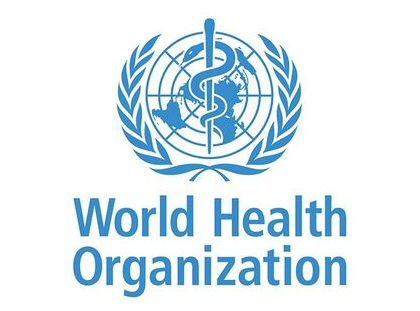Dialysis Complications of Chronic Renal Failure

Updated: Nov 18, 2019
- Author: Richard S Krause, MD; Chief Editor: Erik D Schraga, MD ..
Practice Essentials
In persons with kidney disease, the kidneys are damaged and cannot filter blood properly, causing waste to build up in the body. Kidney disease increases the risk for stroke or cardiac arrest. End-stage renal disease (ESRD) is a complete, permanent kidney failure that can be treated only by a kidney transplant or dialysis. Major risk factors for kidney disease include diabetes mellitus, hypertension, and a family history of kidney failure. Over 661,000 people in the United States have kidney failure, of whom 468,000 are on dialysis and 193,000 have a functioning kidney transplant. [1, 2, 3]
Various complications are associated with vascular access in patients who are on hemodialysis and are associated with abdominal catheters in patients using continuous ambulatory peritoneal dialysis (CAPD). These vascular access complications are similar to those seen in any patient with a vascular surgical procedure (eg, bleeding, local or disseminated intravascular infections [DIC], vessel [graft] occlusion). The native peripheral vascular system is also affected by higher rates of amputation and revascularization procedures, and a peritoneal dialysis catheter exposes patients to the risks of peritonitis and local infection because the catheter acts as a foreign body and provides a portal of entry for pathogens from the external environment. [4, 5]
Electrolyte abnormalities may result from the renal disease itself or as an iatrogenic complication. They include hyperkalemia, hypocalcemia, hyponatremia, and hypermagnesemia. Neurologic complications include headache, dialysis dementia, dialysis disequilibrium syndrome, Wernicke’s encephalopathy, and stroke, which can occur either directly or indirectly in relation to hemodialysis. [6, 7, 4]
Patients with an arteriovenous fistula or graft should have the site examined regularly. Vascular access problems include infections, which usually manifest themselves as local pain, redness, warmth, or fluctuance. Fever may be present. Clotting of the vascular access presents as loss of normal bruit or palpable thrill. There may be signs or symptoms of distal limb ischemia. Patients may present after dialysis or minor trauma with bleeding from their vascular access site. Active bleeding can also occur from the incisional wound of a newly placed fistula or graft.
Hypotension in dialysis patients may be due to any of the causes encountered in any other patient. Consider serious causes such as bleeding, cardiac dysfunction, and sepsis. Aneurysms or pseudoaneurysms may form and progressively enlarge to compromise the skin overlying the site of venous access. Chest pain in ESRD patients frequently occurs during dialysis. A cardiac origin should be considered because of the high prevalence of coronary disease in ESRD patients.
For more information, see Chronic Renal Failure.
Recommended Posts

Global atlas of medical devices
27/Apr/2021




